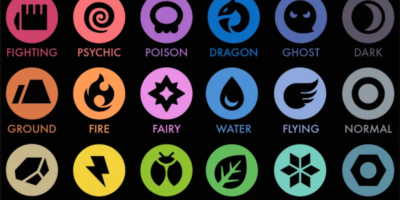The International Olympics in Ribbon Cutting was held in the University of Waterloo last week. As regulated, the competitors stood in a row whilst holding the ribbon and cutting when signaled to do so. As the International Ribbon Cutting Association (IRCA) stipulates, the width of the ribbon was 50,000,000 nanometers while the thickness was reported to be 500,000 nanometers. Made with a heterogeneous composite of polyester fibers (from semi-aromatic co-polymer from polytrimethylene terephthalate) and cellulose (homopolymer from glucose monomer units). The composition of these fibers plays an important role in the mechanical behavior of the ribbon. These ribbons are tested extensively according to the American Society for Testing and Materials (ASTM)E8-04 Standard test methods using a tensile tester. The ribbons are manufactured in a 100 grade clean room to prevent the contamination of the fibers.
The rules and regulation for this sport are tightly regulated by the IRCA. Extensive modeling and simulations of the mechanics of such a competition have been simulated using finite element modeling in ANSYS as well as in COMSOL. The theoretical maximum speed of ripization (Vrip) has been calculated to be about 500,000,000,000 nanometers per second. However, the maximum speed of proximization of the scissor blades is not bounded. In order to properly understand this limitation, it is imperative that we understand Einstein’s theories of relativity. For people with no background knowledge in relativity, the relativistic mass of a body moving at a given velocity is given by the below equation.
m=m0/((1-V2/C2)0.5)
In the above equation, m is the effective mass of a body moving with a velocity v and having a rest mass of m0 and c is the speed of light.
This relation demonstrates that, as the velocity approaches the speed of light c, the effective mass becomes bigger and bigger, which proves that it is an ultimate speed for any object with a mass. It is not the ultimate speed for any point without a mass: for example, if we take a very large pair of scissors (some thousands of kilometers) and then we close it very quickly, the mathematical point that is located at the connection between the two branches can reach a speed higher than the blades because this point has no mass. Hence, it may be concluded that the only limiting factor for the ribbon cutting would be the rate of ripization.
Amidst much fanfare, the competition was held at the newly inaugurated Engineering 5. The apparatus for the sport was set up at the main entrance in full view of the students studying hard in the Gear Lab. For the first time since the opening of the Gear Lab, due to the competition, there were free computers. This opportunity was quickly ceased by Plant Operations and the Gear Lab was cleaned up. The competitors were the WEEF Director, Praveen Arichandran; the newly elected president of the University, Feridun Hamdullaphur; a member of the Dean’s advisory council, Savvas Chamberlain; and our Dean of Engineering, Dr. Adel Sedra.
As some people may know, there was a lot of politics involved: Mr. Chamberlain and Dr. Sedra were initially not supposed to compete against each other, but due to the last minute injury, the last participant, Dr. Johnston, was injured in a heinous accident whilst replying to the various congratulatory emails received. Hence, the runner up from the qualifiers was forced to compete against his will, opposing his team-mate Dr Sedra. There have been rumours that the match may have been fixed but there has been no concrete evidence of such allegations. These allegations may serve to severely damage the public image of Dean Sedra.
After the actual competition, there were long speeches given by all the participants. The event overall was a wild success. The IRCA aims to improve the outreach of the sport and plans to introduce a high school level competition for budding ribbon cutters. Due to the increased demand for the sport, it is expected to repeat shortly. Although the location is still to be ascertained, the front-liners for the next competition look to be E6, MC3, QNC or ENV3. It remains to be seen if Dean Sedra’s record of 500 milliseconds can be broken.
[1] NE225-Chapter 1, Dr. Eric Prouzet




Leave a Reply